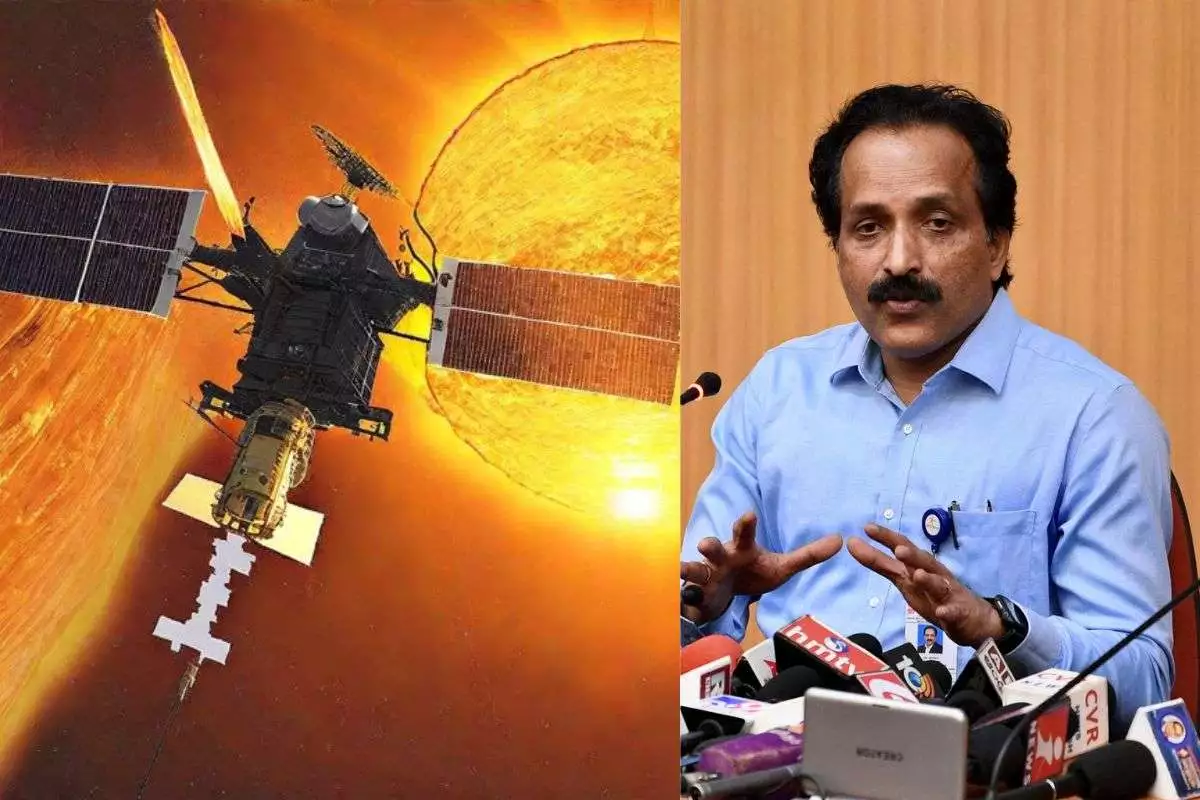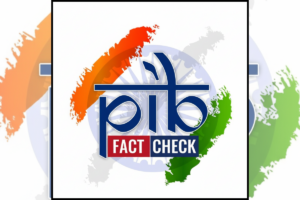
ISRO Chief, S Somnath
Chief of the Indian Space Research Organization (ISRO), S Somanath, announced on Monday that the final maneuver for Aditya L1, the country’s first solar mission, to reach its objective, the L1 point, is scheduled for January 6.
“Aditya-L1 is going to reach its L1 point on January 6 at 4pm and we are going to do the final manoeuvre to keep it there,” Somanath said to news agency on the sidelines of the launch of ISRO’s maiden Xray mission, XPoSat, to study black holes.
#WATCH | On PSLV-C58 XPoSat mission, ISRO chief S Somanath says, “It’s a unique mission as X-ray Polarimetry is a unique scientific capability we have developed internally building instruments. We want to create 100 scientists who can understand this aspect and then contribute to… pic.twitter.com/8SXWd5gAP2
— ANI (@ANI) January 1, 2024
Success solar mission so far
The spaceship will be able to see the sun without any eclipses when it reaches its destination. Since its September 2 launch last year, the spacecraft has successfully completed four earthbound maneuvers and one Trans-Lagrangean Point 1 Insertion (TL1I) maneuver.
The head of ISRO previously stated that the space agency will burn the Aditya L1 engine very carefully in order to get it into what is known as the halo orbit. He stated that all six payloads are “working beautifully” after testing and providing excellent data.
“After the insertion the satellite will be destined to look at the Sun forever as long as its electronics inside are healthy and ready to transmit data. We hope to find out a lot of correlation between the solar corona and mass ejection and impact on space weather we are facing everyday,” Somnath added.
Launching of India’s first Solar mission
On September 2, the Aditya-L1 spacecraft was successfully launched by ISRO’s Polar Satellite Launch Vehicle (PSLV-C57) from the Second Launch Pad of the Satish Dhawan Space Centre (SDSC), Sriharikota. The Aditya-L1 spacecraft was successfully launched into an elliptical orbit of 235×19500 kilometers around the Earth that day after a mission of 63 minutes and 20 seconds.
The first space-based observatory in India, Aditya-L1, is studying the Sun from a halo orbit around the first Sun-Earth Lagrangian point (L1), situated approximately 1.5 million kilometers from Earth. The Lagrange point is the point at which the gravitational pull of the sun and earth cancels out. Complete neutralization is unattainable due to the existence of other bodies such as the Moon, Mars, and Venus.
Also Read: Successful Start To 2024: ISRO Launches Its First Satellite Of The Year – XpoSat To Study Black Hole
7 payloads carried in the mission
Seven scientific payloads created in-house by national research laboratories and ISRO were carried by Aditya-L1. The payloads are equipped with magnetic field and electromagnetic particle detectors to oberve the photosphere, chromosphere, and the outermost layers of the Sun, known as the corona.
Important scientific studies of the propagatory effect of solar dynamics in the interplanetary medium are provided by the remaining three payloads, which conduct in-situ studies of particles and fields at the Lagrange point L1, while the remaining four payloads use the unique vantage position L1 to see the Sun directly.
To read more such news, download Bharat Express news apps


















